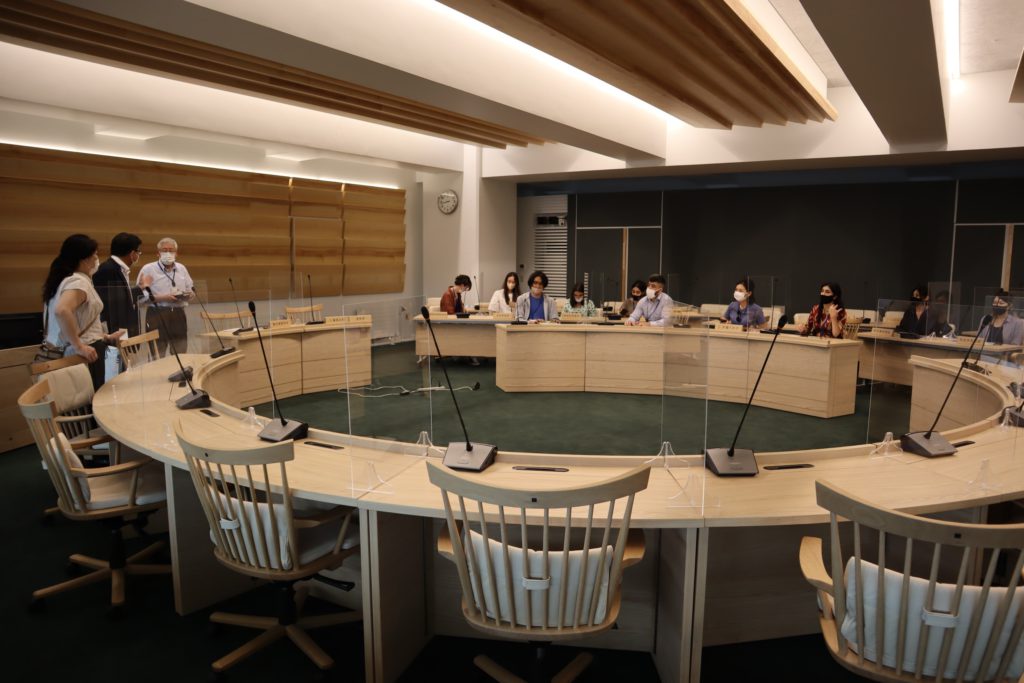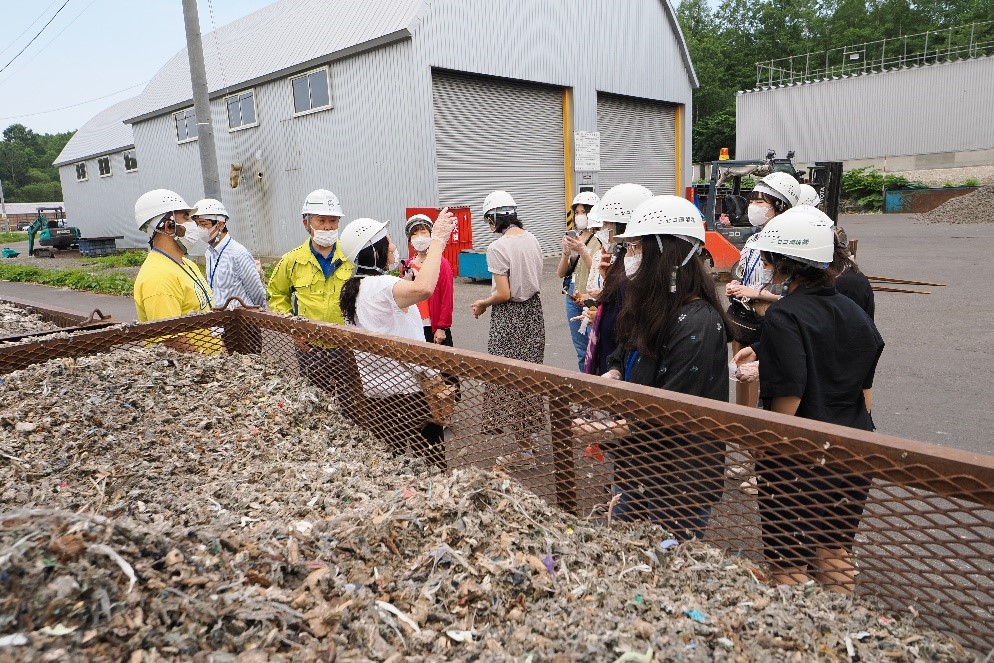Mavlonova Maftuna
Hokkaido is an amazing place. It is the greenest island in Japan and 70% of the total forest in Hokkaido is natural. Here you will find many untouched ecosystems, national parks with pristine nature and rich wildlife
it is quite natural that it has decided to actively engage in a policy of sustainable development, responding to the 17 Sustainable Development Goals (SDGs). The logo of the capital of Hokkaido, Sapporo (Sapporo Smile) is a logo with the image of a “city where you can smile” blessed with many attractive resources such as food, nature, and various seasonal events.
As I travelled to different part of Hokkaido, I realized that there is one common thing everywhere: sustainability which is ingrained in the daily activities of everyone.
Hokkaido’s capital and largest city, Sapporo, with a population of just under 2 million and a land area that is about equal in size to both Tokyo and Hong Kong. Sapporo, along with 28 other cities, was chosen as one of the “SDG Future Cities” (cities that propose remarkable actions to achieve the SDGs) in March 2018 with the future vision of a “sustainable city where the next generation of children can live with a smile” (Currently, 124 cities are selected throughout Japan). Sapporo submitted an application to the “LEED (Leadership in Energy and Environmental Design) for Cities and Communities” program in September 2019. As a result of its low greenhouse gas emissions and low per capita domestic wastewater use, Sapporo received “Platinum” certification, the highest ranking, in the energy and water categories in January 2020. It received the highest score in the world in this area and was the first accredited Japanese city. Sapporo said in February 2020 that it was striving to become a “zero-carbon city,” meaning that it will almost completely stop emitting greenhouse gases by the year 2050. The “Sapporo City Climate Change Action Plan” was created in March 2021 in preparation of its implementation, with the high objective of halving greenhouse gas emissions by 2030 (55% reduction from 2016). Declared a “climate emergency,” it emphasizes the significance of taking action to prevent climate change and quickens progress. In fact, Sapporo is not immune to the consequences of climate change, with sweltering days and torrential rain making life extremely difficult for residents. However, they are searching for creative solutions to this problem.
During my short stay in Sapporo, I visited The Royal Park Canvas – Sapporo Odori Park. Fair to say it is the first of its kind I have ever seen. The park was designed around the concept of “discovering Hokkaido”, based on local production for local consumption. The architecture of the building is based on two concepts: “make it happen” and “fun local connected”. The reception and lounge were therefore designed as one space with a view of the Sapporo TV tower, one of the city’s landmarks. The wood covering the ceiling seems almost animated and points towards the trees of Odori Park. The ceiling beautifully echoes the bountiful nature of Odori Park. The cushions on the sofas and chairs were made from recycled Hokkaido fishing nets and some of the decoration echoes Hokkaido’s past, including homage to coal mining and Ainu culture. The bar, located near the reception, offers local food and drinks that you can enjoy while admiring the view.
Similarly impressive approach was found in not just the capital city, but also in distinct corners of Hokkaido. There is a common stereotype that once a place starts to get famous and more tourists start to visit it, the environment is going to suffer. But Niseko, a mountain range area known for its powder snow seems to be doing very well to preserve the nature. During the trip, I noticed how much people pay attention to keeping the environment clean, recycle and use sustainable sources of energy. Niseko Environment Co is doing a great job at recycling waste into fuel. The process is very detailed and precise. The only thing that made me wonder was how to make more industries shift into this type of fuel. As mentioned, they would need to have special machines to be able to do that and not every team has enough allocated financial resources for that. I thought of creating an initiative that would provide necessary resources for companies to set up the system and transition into sustainable means of energy. Niseko Town Hall was another example of sustainability in our everyday life. I liked how much they care about the environment. The place is built with sustainability in mind. I found it exciting that there were special zones for citizens to come and work or study. The playground for children is really well designed. The Town Hall is a clear example of how our surroundings can be established in an environmentally friendly way.
Hokkaido is a great example of how sustainability can be integrated in our everyday life. I am glad I had a chance to visit this place.





